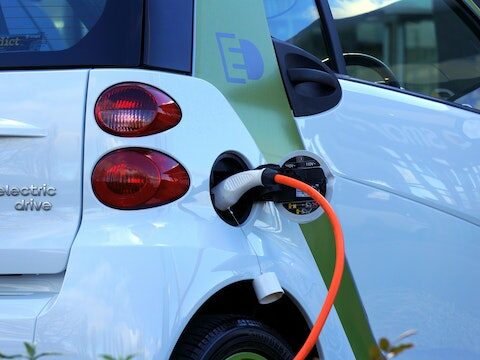Connectivity plays a crucial role in the advancement of autonomous driving and the provision of data services in the automotive industry. Here’s how these two concepts are interconnected:
-
Vehicle-to-Vehicle (V2V) Communication: Autonomous vehicles can communicate with each other through V2V communication. This enables them to share real-time data about their position, speed, and intentions, improving overall traffic flow and safety. By exchanging information, autonomous vehicles can coordinate their movements, anticipate potential hazards, and make more informed decisions.
-
Vehicle-to-Infrastructure (V2I) Communication: Autonomous vehicles also interact with the surrounding infrastructure through V2I communication. They can receive data from traffic lights, road signs, and other infrastructure elements to enhance their decision-making capabilities. For example, an autonomous vehicle can receive information about traffic conditions, road construction, or detours, allowing it to optimize its route and adapt its behavior accordingly.
-
Cloud Connectivity: Autonomous vehicles require robust cloud connectivity to access and process vast amounts of data. They constantly generate and collect sensor data, including information from cameras, lidar, radar, and other onboard sensors. This data is then sent to the cloud, where it can be analyzed, combined with other data sources, and used to improve autonomous driving algorithms, map updates, and overall system performance.
-
Over-the-Air (OTA) Updates: Connectivity enables OTA updates, allowing autonomous vehicles to receive software updates remotely. This is crucial for improving vehicle performance, addressing security vulnerabilities, and deploying new features. OTA updates can enhance the autonomous driving system’s capabilities, fix bugs, and adapt to changing road conditions or regulations without requiring physical visits to service centers.
-
Data Services and Monetization: Connectivity facilitates the provision of data services in autonomous vehicles. These services can include real-time traffic updates, personalized infotainment, remote vehicle diagnostics, predictive maintenance, and even targeted advertisements. Data generated by autonomous vehicles, such as location, speed, and user preferences, can be monetized by automakers, service providers, or third-party developers, creating new business models and revenue streams.
-
Edge Computing: With the advent of edge computing, autonomous vehicles can process data locally on the vehicle itself or in nearby edge devices, reducing latency and dependence on cloud connectivity. Edge computing enables faster decision-making, real-time responses, and enhanced privacy and security by keeping critical data closer to the source.
Overall, connectivity is a fundamental enabler of autonomous driving, facilitating vehicle communication, data exchange, cloud integration, software updates, and the provision of various data services. It not only enhances the capabilities of autonomous vehicles but also opens up new opportunities for innovation and monetization in the automotive industry.



